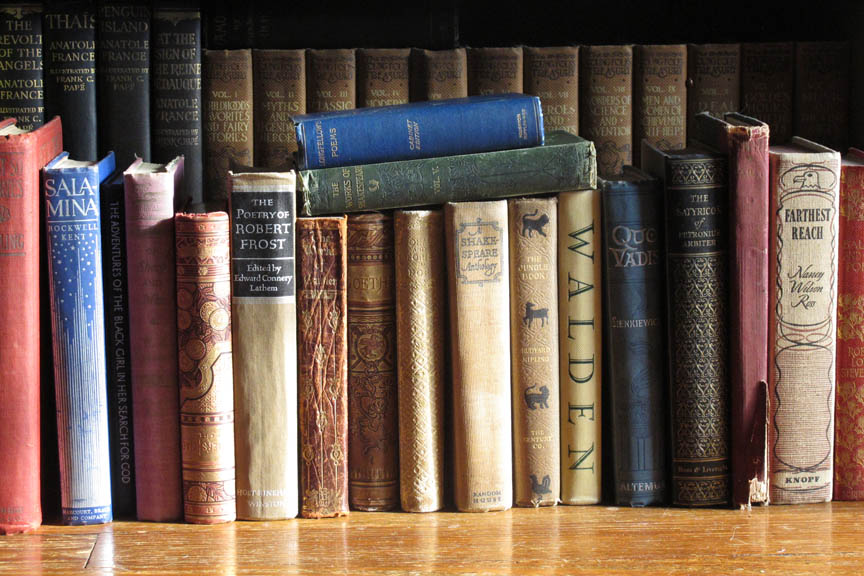About Book Design
“Don’t give up on books. They feel so good — their friendly heft. The sweet reluctance of their pages when you turn them with your sensitive fingertips. A large part of our brains is devoted to deciding whether what our hands are touching is good or bad for us. Any brain worth a nickel knows books are good for us.” –Kurt Vonnegut
 So What do We Mean by “Book”?
So What do We Mean by “Book”?
Having taught the history of the book to undergraduates for years, I have found that this is usually the first question we discuss. But just as the concept of art is slippery so is our understanding of what is a book. A book is an information container; it can be a scroll, a set of cuneiform tablets, an Incan khipu—a set of coded knotted strings, a QR code, a webpage, or a PDF. For over five centuries the printed page collected in the codex—or side-bound—book has been the predominant container for information. It has presented and preserved histories, speculative ideas, great masses of accumulated data, and most delightfully our creative ideas in the form of literature: the poem, the novel, the essay, the play.
Why Create a Book?
I recently addressed this question to a group of students contemplating the coming transition of their literary magazine to an on-line only publication. I suggested they ask the following questions when considering eliminating the printed version. Do you want your creative idea to have the permanence of a material artifact? Do you want it to be accessible to the largest audience with a minimal amount of technological intervention? Do you want to give your readers the power to engage your idea at will, whenever and wherever they may? Do you want to empower your idea with a durability which can potentially survive the passage of time or relocation in space? Do you want to convey an idea whose simplicity requires just a few moments of engagement or whose complexity may require generations of interaction? Do you want to use a container which will engage more than just the intellect, but will have the opportunity by its weight and substance to satisfy our need to touch, hold, hear, smell, and feel?
Why Use a Book Designer?
We struggle with words; we jot down ideas, build outlines, write and rewrite, edit and polish. We must do the same for the printing of a book. Its visual form communicates a message as well. This message should support and reinforce the writer’s intention. A book designer has studied the nuances of type, paper, scale, color and so on and can build a book which makes reading easy and enjoyable.
The New World of Digital Publishing
The last decade has seen the emergence of a brand new technology in the production of the book, print-on-demand publishing. It is now possible to create a book as a digital file which lives in the “cloud” and is only given material form when a single reader desires it. This is made possible with the magic of digital printing—laser printers, ink-jet printers, etc—which can very rapidly create just one copy of the pages and cover for a book and then using new binding techniques and materials economically produce just one copy of a book. Suddenly immense amounts of capital are no longer required to “publish” a book. The printing, storing, marketing, and distribution of large editions is no longer necessary to underwrite the publishing of an idea. This is a revolutionary concept, and we are in the midst of its implementation. Starting with enormous businesses such as Amazon/CreateSpace and Ingram/Lightning Source, we are now seeing smaller book printers add these capabilities to their repertoire, bringing a respect for quality and a larger variety of sizes and materials to the production process. The print-on-demand book’s day has come. No longer will we experience years between the various editions of a book. The book has become as malleable as a website, its pages living in the same digital electronic bits, its content editable and adjustable from copy to copy.
 Josef Beery
Josef Beery
